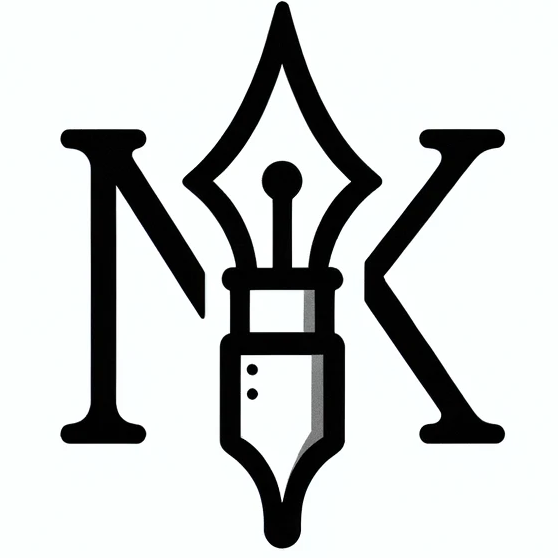Marc Andreessen, the co-founder of Netscape and celebrity venture capitalist, recently published what he calls The Techno-Optimist Manifesto. The text advocates for Techno-Optimism, emphasizing the potential of technology and markets to bring about progress and abundance. Andreessen argues against pessimism and negative views of technology, challenging prevalent criticisms of the tech industry. He argues that it has been a driving force behind human progress and should be celebrated rather than feared.
This type of binary thinking is common among technologists, and the text is riddled with these false dilemmas — good or bad, growth or death. It reads like a privileged man attempting to coerce people into believing the very things that help increase his vast wealth. Reality is far more nuanced; technology should be celebrated and feared.
"We believe technology is a lever on the world – the way to make more with less."
"Technological innovation in a market system is inherently philanthropic."
While technology can be a great leveler, thus far, the vast majority of technological advancements and economic growth are disproportionately enjoyed by a small segment of the population, leading to increased inequality. This can exacerbate social divisions and leave many people behind. Andreessen touts the idea that most of the benefits go to society, ignoring the reality that we’ve witnessed the pugnacious startups of the last decade become some of the most powerful institutions in the world — often wielding more power than governments. While it is true that society as a whole often benefits from technological advances, that increase in power is not apportioned evenly.
Ultimately, the manifesto fails to make the case that the tech industry doesn't deserve the scrutiny it is facing. Andreessen is angry about the tech backlash over the last several years yet completely fails to address the fact that most of the damage is self-inflicted. Andreessen Horowitz was an early investor in Facebook, a company with the idealistic goal of “connect[ing] every person in the world.” Years later, it would be revealed that Facebook allowed digital consultant Cambridge Analytica to misuse the data of millions of users. Unfortunately, this was not an isolated incident, and Facebook has been a nearly bottomless pit of scandal over the last decade. Experience should emphasize the need for a more balanced and nuanced approach, taking into account the potential drawbacks and unintended consequences of unchecked technological progress.
Progress is a tightrope act — a deft balance between opposing forces of innovation and accountability that gently bend the future upward for all.












